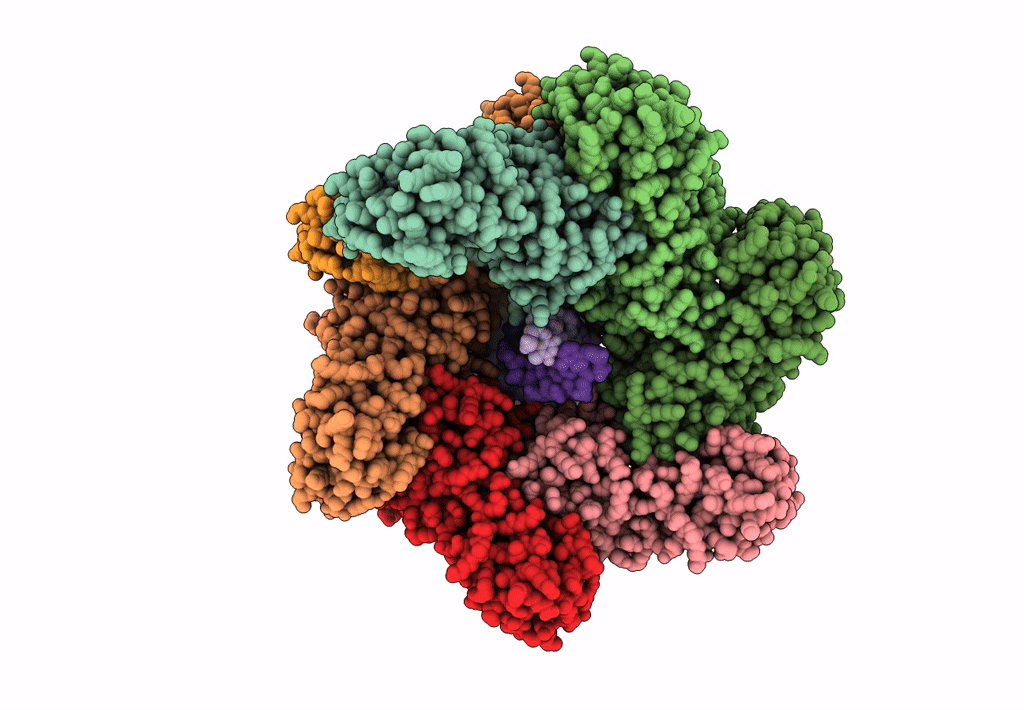
Deposition Date
2021-06-08
Release Date
2021-07-28
Last Version Date
2024-05-29
Entry Detail
PDB ID:
7N6I
Keywords:
Title:
ATP-bound TnsC-TniQ complex from ShCAST system
Biological Source:
Source Organism:
Scytonema hofmannii (Taxon ID: 34078)
synthetic construct (Taxon ID: 32630)
synthetic construct (Taxon ID: 32630)
Host Organism:
Method Details:
Experimental Method:
Resolution:
3.90 Å
Aggregation State:
PARTICLE
Reconstruction Method:
SINGLE PARTICLE


